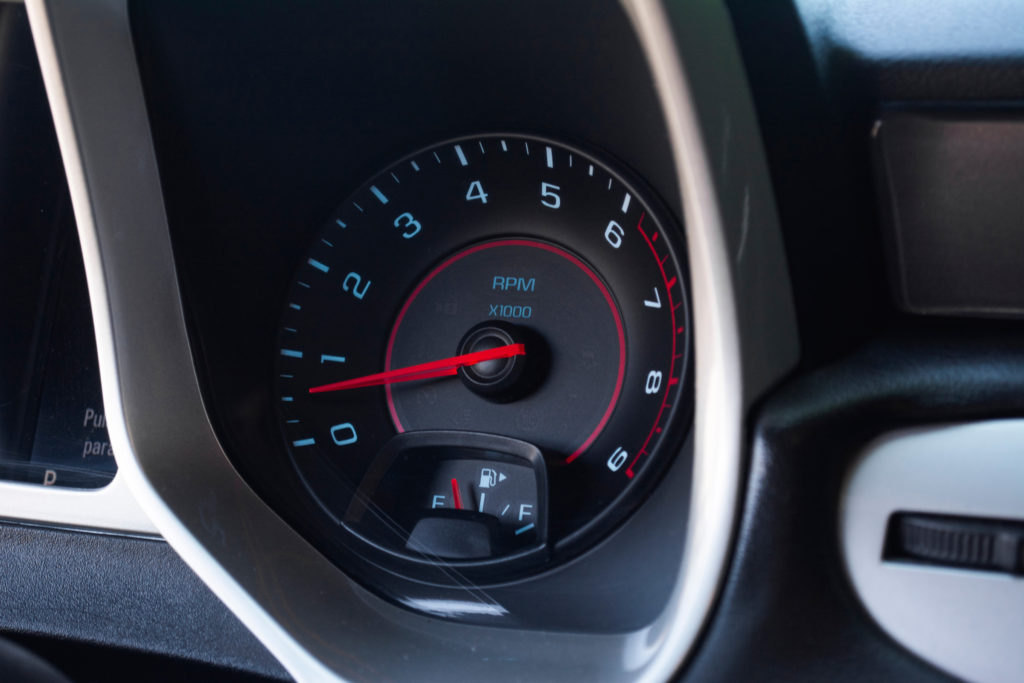The transmission valve body, also known simply as the valve body, is a major transmission component. It is a control center filled with valves, passages, and solenoids that divert transmission fluid to where it’s supposed to go.
While the valve body doesn’t fail often, it’s still a part susceptible to wear and tear. Read on to learn all about the transmission valve body, its different types, when it needs replacing, and more.
What Is a Transmission Valve Body?
The valve body contains a collection of passages that route fluid to specific locations inside the transmission. Valves and check balls block or allow fluid flow to the different passages as needed. Many of the valves used in modern transmissions are electronically-controlled solenoid valves. The valve body is usually attached to the case with bolts, and it can be made of either cast aluminum or cast iron.

The transmission valve body also has many fluid passages for the various transmission hydraulic circuits cast into it. These passages are often called worm holes or worm tracks.
The valve body in most transmissions is located inside the oil pan at the bottom of the case.
How Does a Transmission Valve Body Work?
The valve body is an assembly inside the transmission that routes the transmission fluid throughout the transmission. Valves within the unit open and close to direct transmission fluid to the appropriate area to make gear changes occur. This is done through hydraulic circuits controlled by a system of valves and solenoids that direct the flow.
Depending on the position of each solenoid, each hydraulic circuit activates a different function of the transmission. The valve body also routes fluid to the torque converter clutch for lockup operation.
Types of Valve Bodies
There are two main types of valve bodies: the electronic valve body and the hydraulic valve body.
Electronic Valve Body
An electronic valve body uses electronically-controlled solenoid valves to direct fluid flow through the valve body. A computer, which is usually called the transmission control module, operates the valves based on input from various sensors.

Hydraulic Valve Body
Older vehicles do not have electronic transmission controls. As such, the valve body is a purely mechanical device. Inside the valve body, throttle valve hydraulic pressure works against governor pressure to control shift valve movement.
Symptoms of a Bad Transmission Valve Body
Here are some of the telltale signs of a failing transmission valve body:
Harsh or Delayed Shifts
A malfunctioning transmission valve body can cause a delay in the fluid flow, causing delays in gear shifts. It can also cause the vehicle to be stuck in neutral or a single gear. In some cases, you might also experience a delay when shifting from Park to Drive or Park to Reverse.
Incorrect Up or Down Shifting
Another symptom that your vehicle has a malfunctioning transmission valve body is when the transmission shifts into a higher or lower gear at the wrong time. Note that any kind of erratic shifting can be a symptom of a bad transmission valve body.
Slippage and Shift Flares
There might be a problem with your vehicle’s transmission valve body if the engine RPM increases on an up-shift, resulting in a shift flare.

Torque Converter Clutch Engagement Issues
The valve body directs fluid flow to the torque converter clutch. As such, an issue within the valve body can cause torque converter clutch engagement issues, such as shuddering and stalling.
Active Check Engine Light
If your vehicle exhibited any of the symptoms enumerated above, it can also have an illuminated check engine light. At this point, it might be a good idea to scan your vehicle for stored diagnostic trouble codes.
What Causes Valve Body Failure?
Automakers build the transmission’s valve body with tough materials, but that doesn’t mean it’s immune to failure. Like any other transmission component, it can fail due to several reasons.
For example, debris and sludge can accumulate in the valve body, causing it to fail prematurely. Issues involving the shift solenoids can also cause valve body failure.
On some Porsche vehicles, poor oil pressure can jeopardize the operation of certain valves. The issue can even lead to a malfunction in the gearbox.
Follow your regular maintenance schedule to avoid issues like downshifting and shift flares. The sooner mechanics identify the problem, the less likely your car will need repairs or a valve body replacement.
Can You Drive With a Bad Transmission Valve Body?
You should not continue to drive with a bad valve body, even if you’re able to do so. A failing valve body can cause damage to other parts of the transmission, leading to a bigger repair bill and potentially leaving you stranded.
Replace vs. Rebuild
In the past, valve bodies were often rebuilt. Nowadays, however, most professional repair shops choose to replace a valve body rather than rebuild it. You can check the price of both options to determine which is best for you.
How Much Does It Cost to Replace a Transmission Valve Body
An aftermarket transmission valve body replacement can cost you anywhere from around $100 to $2,500on parts alone. The price of a transmission valve body depends on various factors, like the part’s brand, quantity, and your vehicle’s specifications.
As for labor, you can expect to pay around an extra $300 to $1,000 to have your damaged transmission valve body professionally replaced. Of course, this is only an estimate and might vary depending on the rates in your area and other factors.
Any information provided on this Website is for informational purposes only and is not intended to replace consultation with a professional mechanic. The accuracy and timeliness of the information may change from the time of publication.






























Just got mine replaced on a 2016 Chevrolet Silverado 6.2 1500. Thank god for extended warranty!